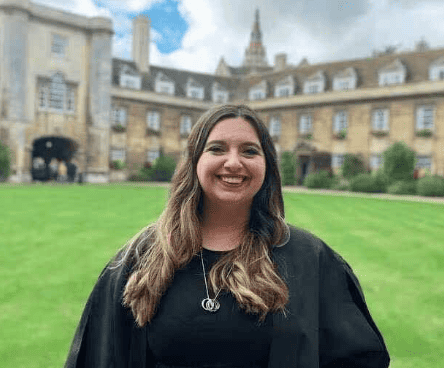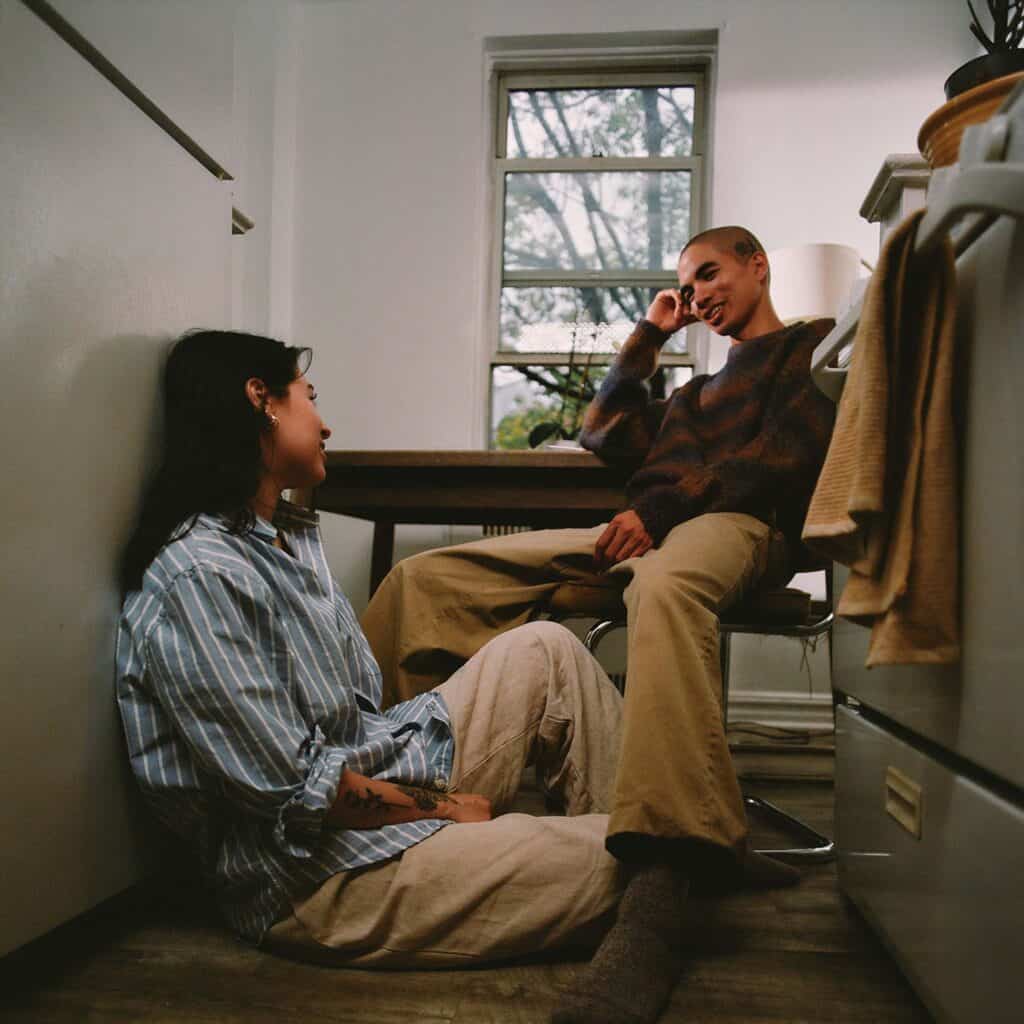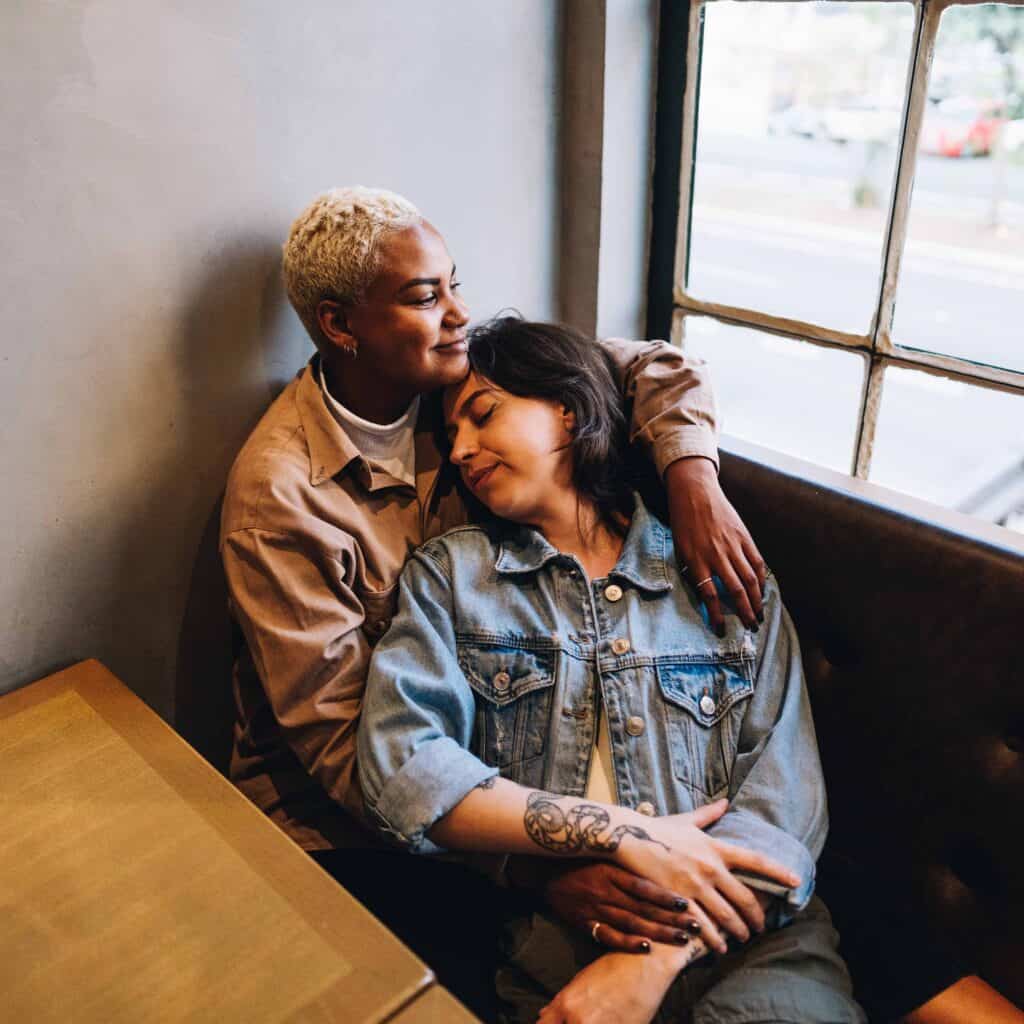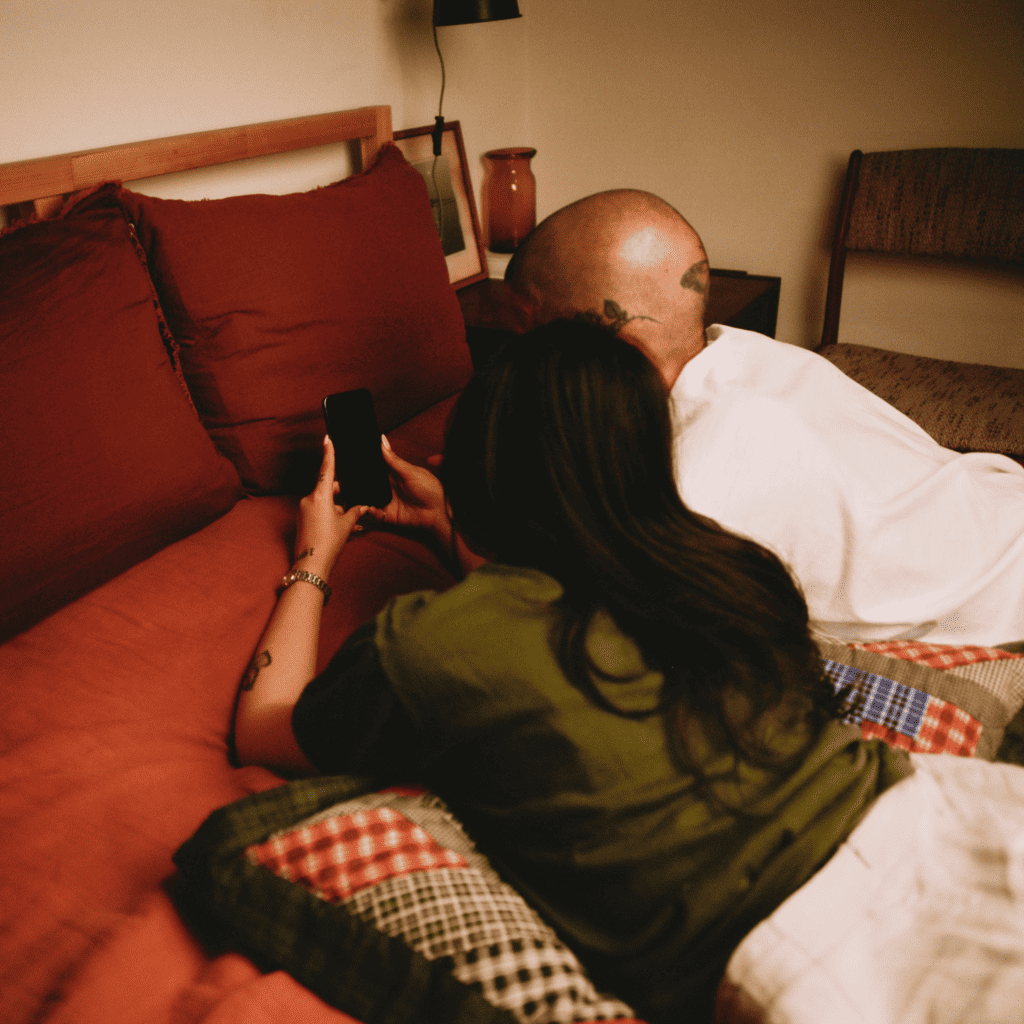Science meets dating
82% of premarital couples go on dates at least once a month.

contents
The purpose of this study was to collect updated and more current information about how people are thinking about intimate partnerships to inform how Ours can better support people in their transition from newly engaged into marriage. See part one here.
What’s covered
- Rituals to aspire to
- Wedding celebrations
- Play
- Dating patterns of newly engaged couples
- What are you thankful for in your relationship?
Key Learnings
- 25% of couples plan on having a non-traditional wedding
- 89% of couples chose laughter as the primary way play shows up in their relationship
- 82% of couples go on dates at least once a month
- Couples are most thankful for their partner’s support
Rituals and practices
Couples were asked to fill in the blank with any practice(s) or ritual(s) they have seen and would want to adopt for their own relationship as they transition into marriage. Some couples used language from the Gottman Institute, showing that they had researched or studied relationship health (e.g., using terms like ‘State of the Union’ and ‘6 second kiss’). Even when couples didn’t use these exact terms, weekly check ins & frequent intimate time were recurring answers!
Other frequent answers included reducing cell phone use together in an intentional way, cooking and/or sharing meals, spirituality practices, and traveling together in the form of annual honeymoons or anniversary trips. Couples also said: celebrating successes, 2:2:2 (going out on a date every 2 weeks, a weekend away every 2 months, and a weeklong holiday every 2 years), prayer, meditation, tantric sex, and date nights consistently.
Key takeaway
A common ritual from participants was a State of the Union.
Marriage celebrations
Couples who answered the survey had a few ways of celebrating their marriage in mind! About 75% of couples said they would be having a wedding, and the remaining 25% are divided into a couple different options. 13% said they plan to elope, 7% said they would have a reception or party only, and 5% said they were undecided or had a combination plan of a party & wedding.
Key takeaway
75% of participants planned on having a wedding.
Play
When asked in what ways play shows up in their relationship, if at all, we heard quite a few different answers. In a pick all that apply answer format, most people chose laughter as the main manifestation of play in their relationship (89%), followed by travels/adventures (68%), and then sex (59%). Sports/physical activities (50%) and game nights (43%) were the next most frequent way play shows up for newly engaged couples who responded. Dancing and pranks were nearly tied (27-28%), and 7% of couples said they wouldn’t say they play at all.
Key takeaway
Laughter was the main manifestation of play participants reported.
Dates
82% of couples who responded go on dates at least once a month, if not more frequently. 35% of those couples said they go on dates once a week, and 47% said at least once a month. The remaining options of every other month, a few times a year, and we don’t go on dates anymore were true for less than 10% of our survey couples each – every other month (7%), a few times a year (8%), and we don’t go on dates anymore (3%).
Key takeaway
82% of couples went on dates at least once a month.
Thankful
When asked to describe in their own words what they were thankful for in their relationship, the most repeated answer was their partner’s support. Another few answers that came in frequently were how loved their partner makes them feel, stability, consistency, security, and patience. Answers were encompassing and honoring of so many wonderful aspects, including: healing generational trauma, peace, safety, companionship, understanding, space / ability to grow as individuals, relationship to God, communication and laughter/humor/playfulness.
Key takeaway
Most participants were thankful for their partner’s support.
Sample and size
The survey gathered 117 responses at the time of analysis. Couples from around the world participated, with 76% of respondents from North American countries, 12% from European countries, 3% from African countries, 3% from Australia, 2% from Asian countries, and 4% of respondents lived in two separate areas. This lead to a range of ethnic backgrounds: 56% white, 10% African, 6% Latin or Hispanic, 3% Asian, 2% Pacific Islander or Native Hawaiian, 19% with two or more ethnicities (i.e. Afro-Caribbean, white-Cherokee, Arab-Australian, African-American), and 4% filled ethnicities outside of listed options.
Most couples were both within the 26-34 age range and have been engaged for less than a year. 38% of couples had been together for 5+ years, 32% of couples being together for 1-2 years, 27% together for 3-4 years, and 3% together for less than 1 year. 73% of couples reported living together, with 26% not living together, and 2% with alternative living arrangements.
Most survey respondants – 93% – were cisgender females, with 4% cisgender males, and 3% nonbinary. Those who took the survey described their partner as 88% cisgender males, 8% cisgender females, 1% gender questioning, 3% nonbinary. The relationship structure of these couples were overwhelmingly monogamous – 99% – with 1% being in an open relationship.
Key takeaway
There were 117 participants in this study.
Premarital counseling
Meet with a licensed therapist for virtual premarital counseling sessions on Ours.









